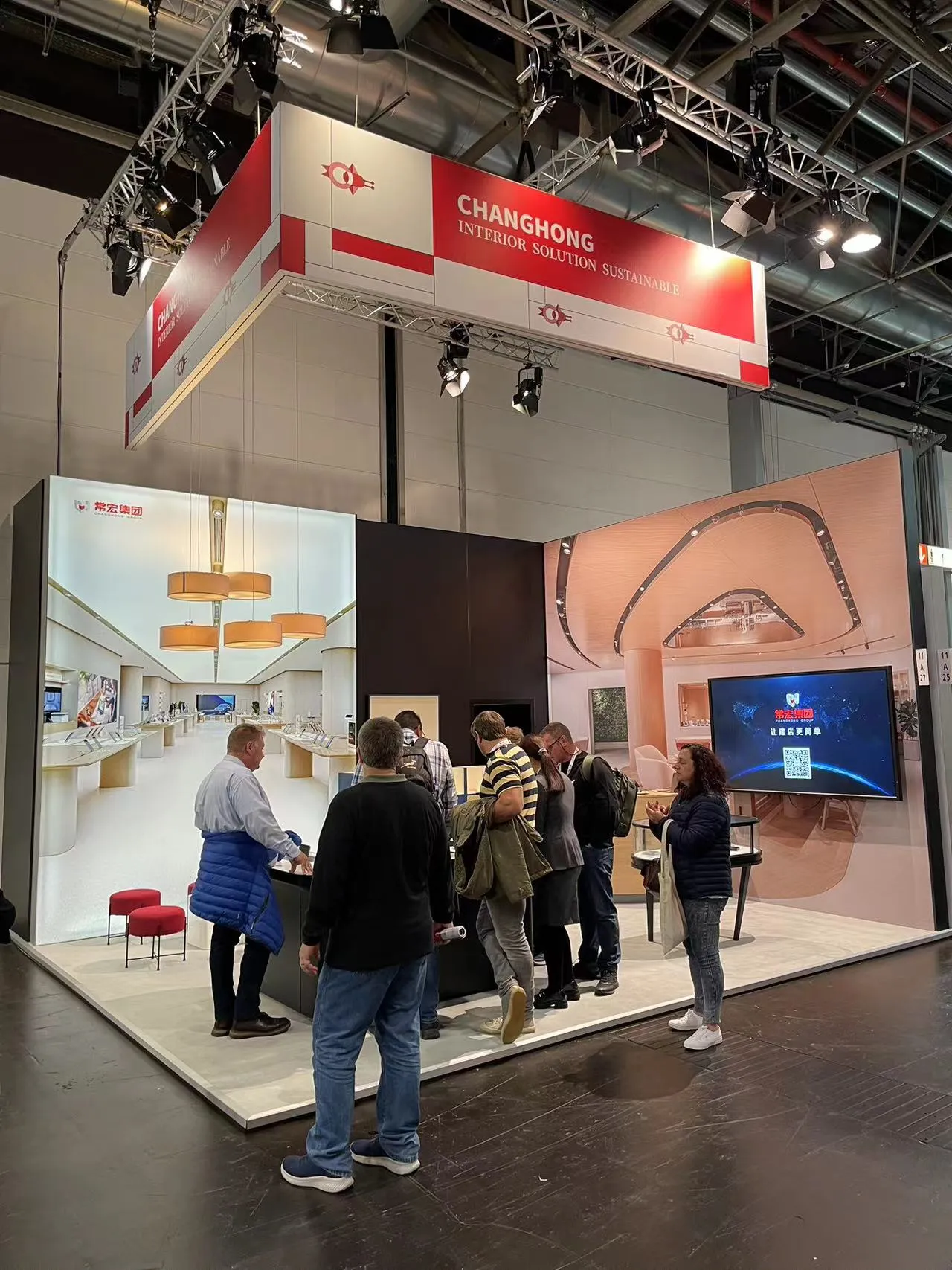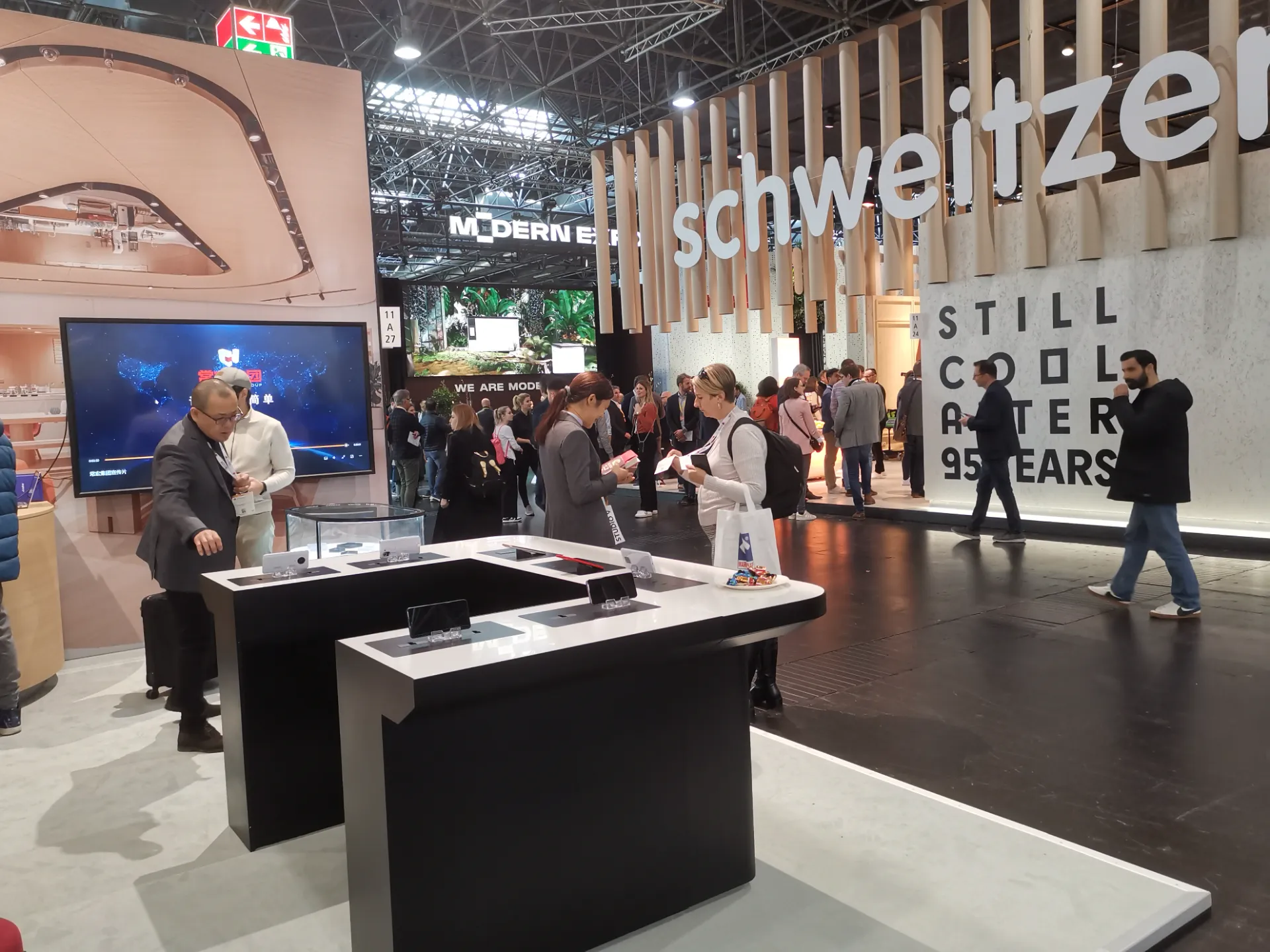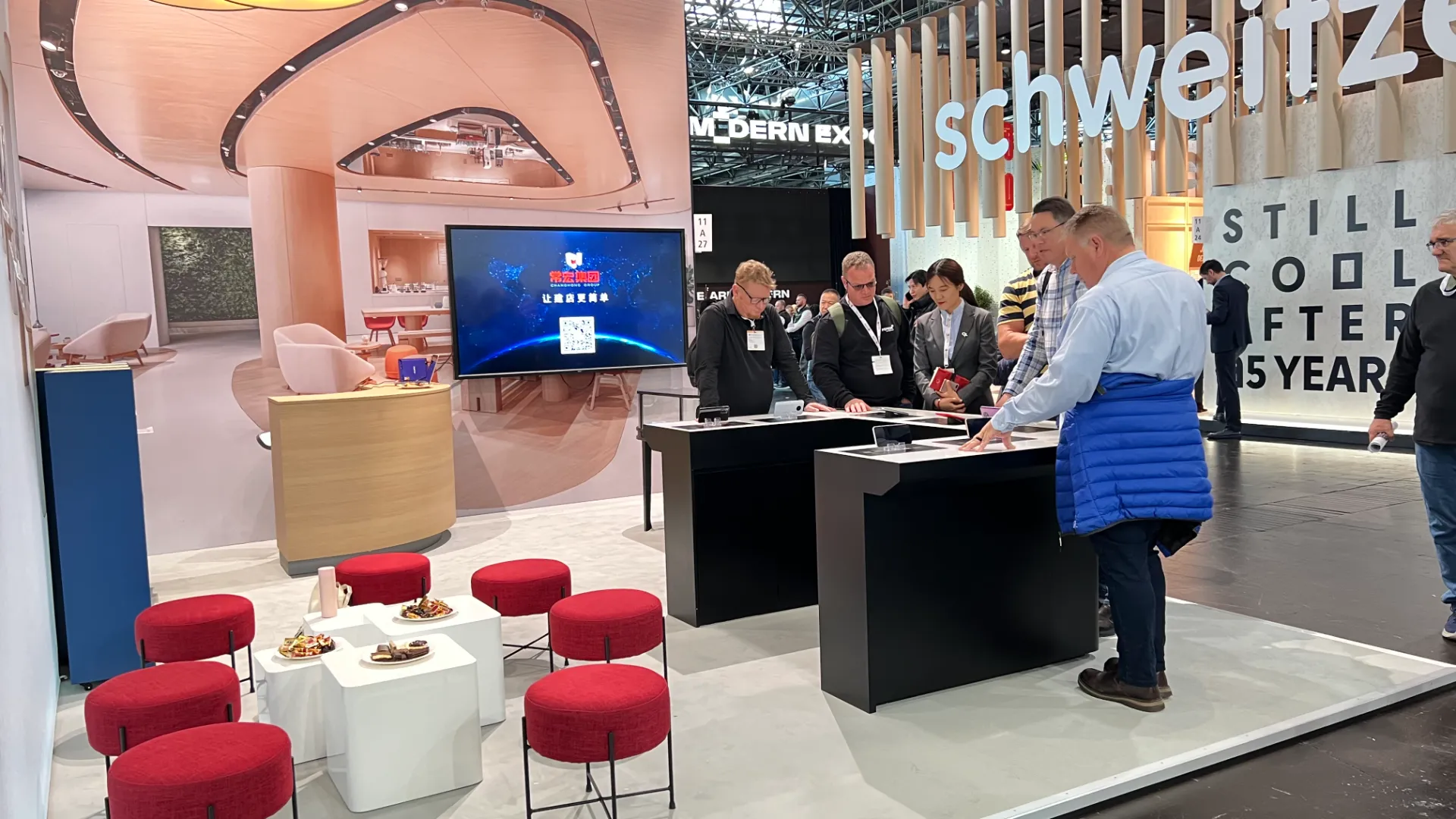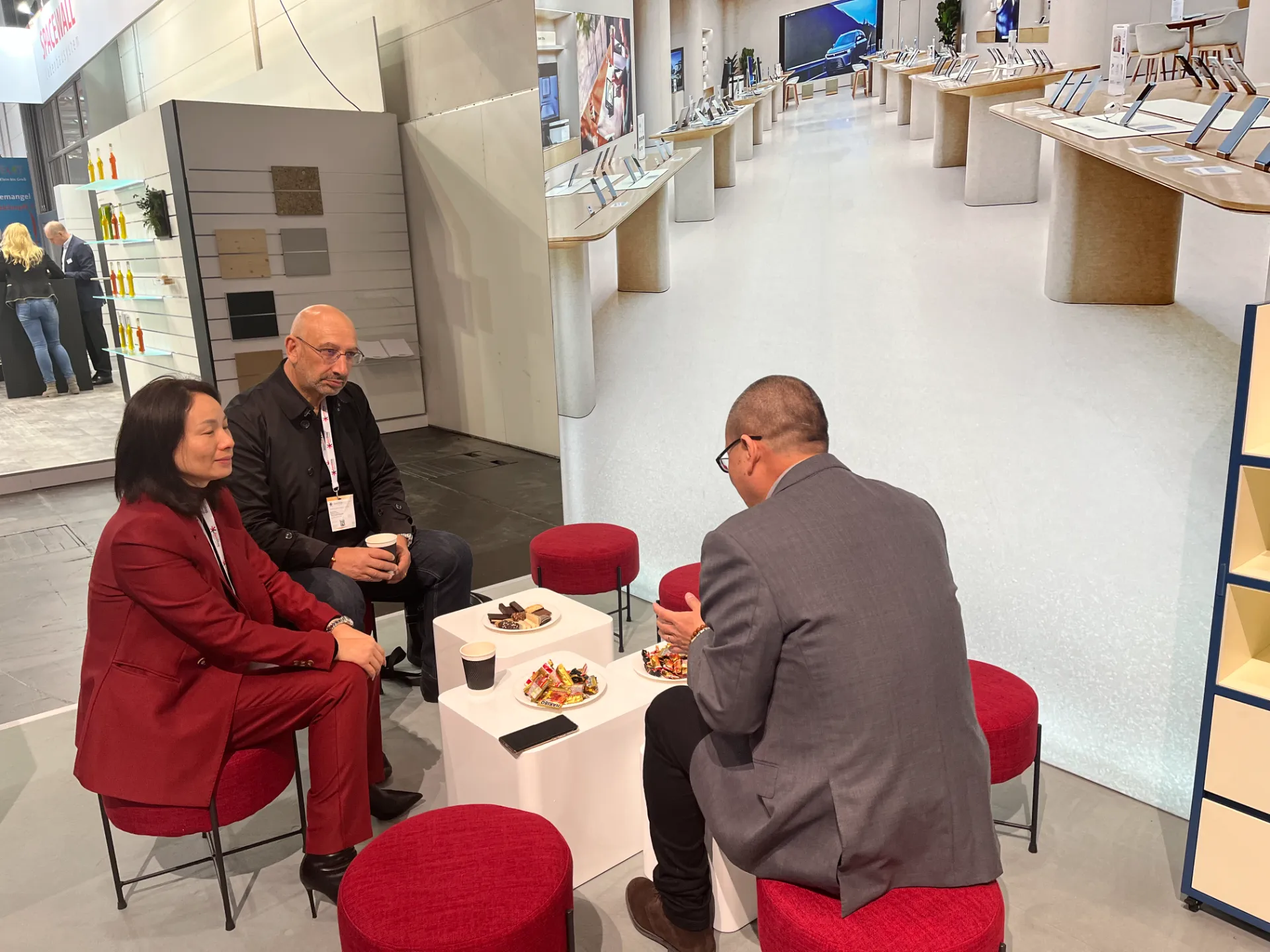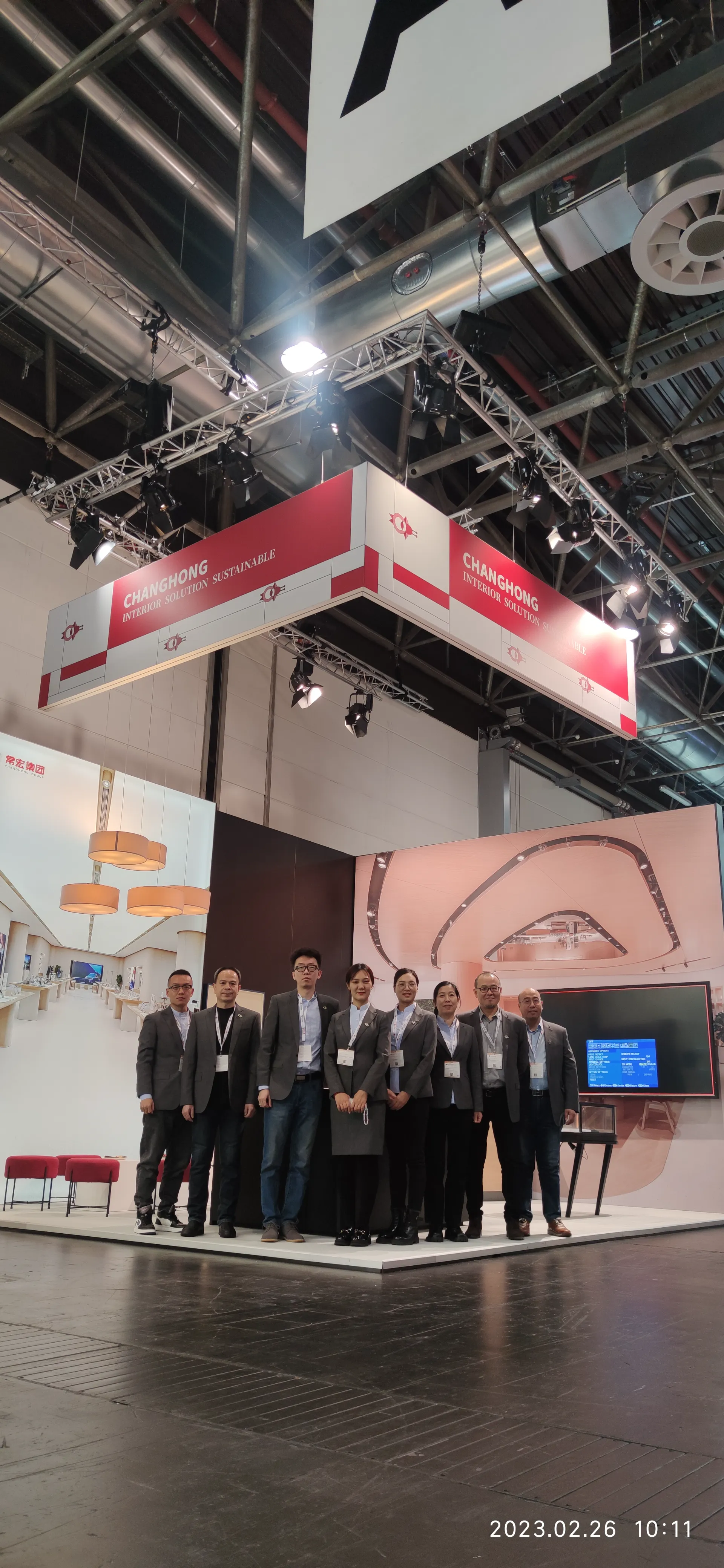Aug . 31, 2024 06:15 Back to list
shop fixture
Understanding Shop Fixtures The Backbone of Retail Success
In the dynamic world of retail, shop fixtures play a pivotal role in enhancing the shopping experience and driving sales. These fixtures are not just mere display tools; they are strategically designed elements that influence how products are presented, and how customers interact with them. Understanding the various types of shop fixtures and their importance can help retailers maximize their potential and create a compelling shopping environment.
Shop fixtures come in various forms, including shelves, racks, tables, display cases, and mannequins. Each type serves a unique purpose, tailored to the specific needs of the products being sold. For instance, clothing retailers often utilize mannequins to showcase outfits, helping customers visualize how items can be styled. On the other hand, grocery stores rely heavily on shelving units to organize and display a wide range of products, making it easy for shoppers to navigate the aisles.
An essential aspect of effective shop fixtures is their ability to enhance product visibility. Eye-level displays are particularly impactful, as they catch the attention of customers and encourage impulse buying. Retailers invest considerable resources in designing attractive and functional displays that highlight featured items or new arrivals. For example, a well-lit display case can draw attention to luxury merchandise, while creative shelving can make a store’s layout feel inviting and easy to navigate.
shop fixture

Moreover, the strategic placement of shop fixtures within a retail space can significantly influence traffic flow and customer behavior. Retailers often analyze customer pathways to determine the most effective arrangement of fixtures. By using fixtures to create focal points, guide shoppers through the store, and highlight specific promotions, retailers can enhance customer engagement and ultimately drive sales.
In addition to their practical benefits, shop fixtures also contribute to the overall branding and aesthetic of a retail space. A cohesive design scheme that incorporates branded colors, materials, and themes can create an immersive shopping experience that resonates with customers. Unique and innovative shop fixtures can differentiate a brand in a competitive market, making a memorable impression on shoppers.
Sustainability is another important trend influencing the design and selection of shop fixtures. Many retailers are choosing eco-friendly materials and manufacturing processes to appeal to environmentally-conscious consumers. By integrating sustainable practices into their shop fixtures, retailers not only reduce their environmental footprint but also align their brand with the values of increasingly aware consumers.
In conclusion, shop fixtures are crucial elements that can make or break the retail experience. Their ability to enhance product visibility, influence customer behavior, and contribute to a cohesive brand image underscores their importance in the retail landscape. As retailers continue to adapt to changing consumer preferences and technological advancements, the evolution of shop fixtures will remain a key factor in shaping successful shopping experiences. By understanding and utilizing shop fixtures effectively, retailers can create inviting spaces that attract customers and encourage them to return time and time again.
-
The Benefits of Electronic Shelf Labels for Modern Stores
NewsJul.01,2025
-
Space-Saving Retail Store Furniture Designs for Small Shops
NewsJul.01,2025
-
Slatwall vs. Gridwall: Which Store Fixture is Right for Your Business?
NewsJul.01,2025
-
Shop Fittings: Essential Elements for a Functional Retail Space
NewsJul.01,2025
-
How to Design a Minimalist Cosmetic Shop Display
NewsJul.01,2025
-
Creative Clothes Shop Display Ideas to Attract More Customers
NewsJul.01,2025














































































































